The Penland community is like the galaxy: ever expanding and made up of stars.
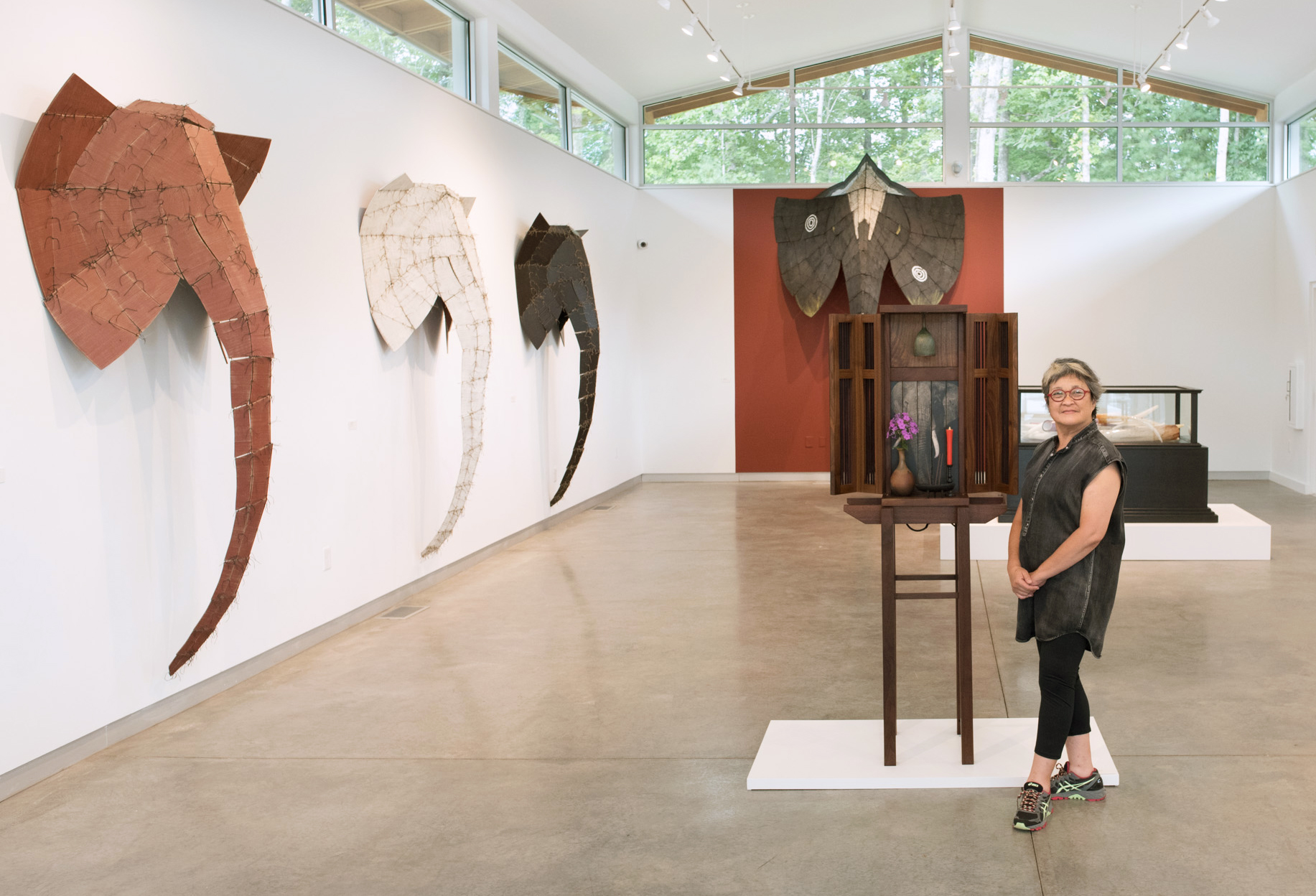
Recently, when the latest episode of Craft in America was released, we were thrilled to see Penland artists Wendy Maruyama and Cristina Córdova both featured. And more recently, when the prestigious 2020 United States Artists Fellowships were announced, we were excited to see Wendy’s name on the list again, this time with fellow Penland instructors Aaron McIntosh, Del Harrow, and Linda Sikora.
Wendy Maruyama has been creating innovative furniture, sculpture, and installations for over forty years, and she’s taught generations of woodworkers as a professor and mentor. Her work is technically masterful and deeply personal. For any of you who aren’t familiar with it, we thought we’d take this opportunity to introduce you to Wendy and her craft.
Wendy first learned furniture making as an undergraduate at San Diego State. She says she was drawn to the program because of the free thinking and the organic forms—“the furniture didn’t look like furniture,” she remembers. At that time, the woodworking field was almost entirely male dominated. “I felt like we women had to be three times more amazing to even be counted,” Wendy recalls. Nevertheless, she went on to Rochester Institute of Technology and graduated with a Masters degree in furniture making, one of the first two women to ever complete the program. And from there, she just kept pushing herself. While her earlier work was built around traditional craft objects, she has since moved beyond the boundaries of studio craft and into the realm of installation and social practice. “Wendy reached a level of mastery, saw the boundaries of technique, and kept pushing beyond them,” says curator Diedre Vissar.
Wendy’s more recent collections include Executive Order 9066, an installation of mixed-media wall cabinets and sculptures that explores the World War II-era persecution and internment of over 100,000 Japanese Americans, and The wildLIFE Project, which addresses issues of poaching and wildlife protection. This later installation (pictured in the first photo above) was one of the first exhibitions to show at the Penland Gallery after it reopened in 2016. Wendy filled the space with exquisitely-crafted wooden shrines and a series of imposing and majestic elephant masks, each between eight and twelve feet tall and stitched together from dozens and dozens of wooden panels. For visitors, the experience of the show engaged the senses and the emotions, masterfully bringing together artwork and advocacy.
Wendy has been involved with the Penland community for over thirty years. She taught her first workshop in the wood studio in the summer of 1982, and since then she’s returned occasionally as an instructor. More recently, she joined us here for her Penland Gallery show and to be the featured artist at the 2016 Penland Benefit Auction. Dozens of Penland artists, including our own director Mia Hall, count Wendy as a teacher, mentor, and friend. As Penland instructor Adam John Manley remembers, “The thing that she instilled in me and generations of students is—don’t ever settle on the thing that you just did as the final product. Keep pushing that.”
Wendy’s latest work has taken another turn, pivoting from emotionally-laden advocacy to the colors, history, and aesthetic of the Bauhaus. Her series of “wooden weavings” inspired by Anni Albers will be part of an exhibition to mark the 100th anniversary of the Bauhaus. And from there, who knows what Wendy will create next? “I feel like I’m an emerging artist again,” she says. “You can’t go back in time age wise, but I think creatively I feel like I’m young again and I’m doing this new work.”
Congratulations, Wendy, on two very well deserved honors! We’re lucky to count you as part of this community.
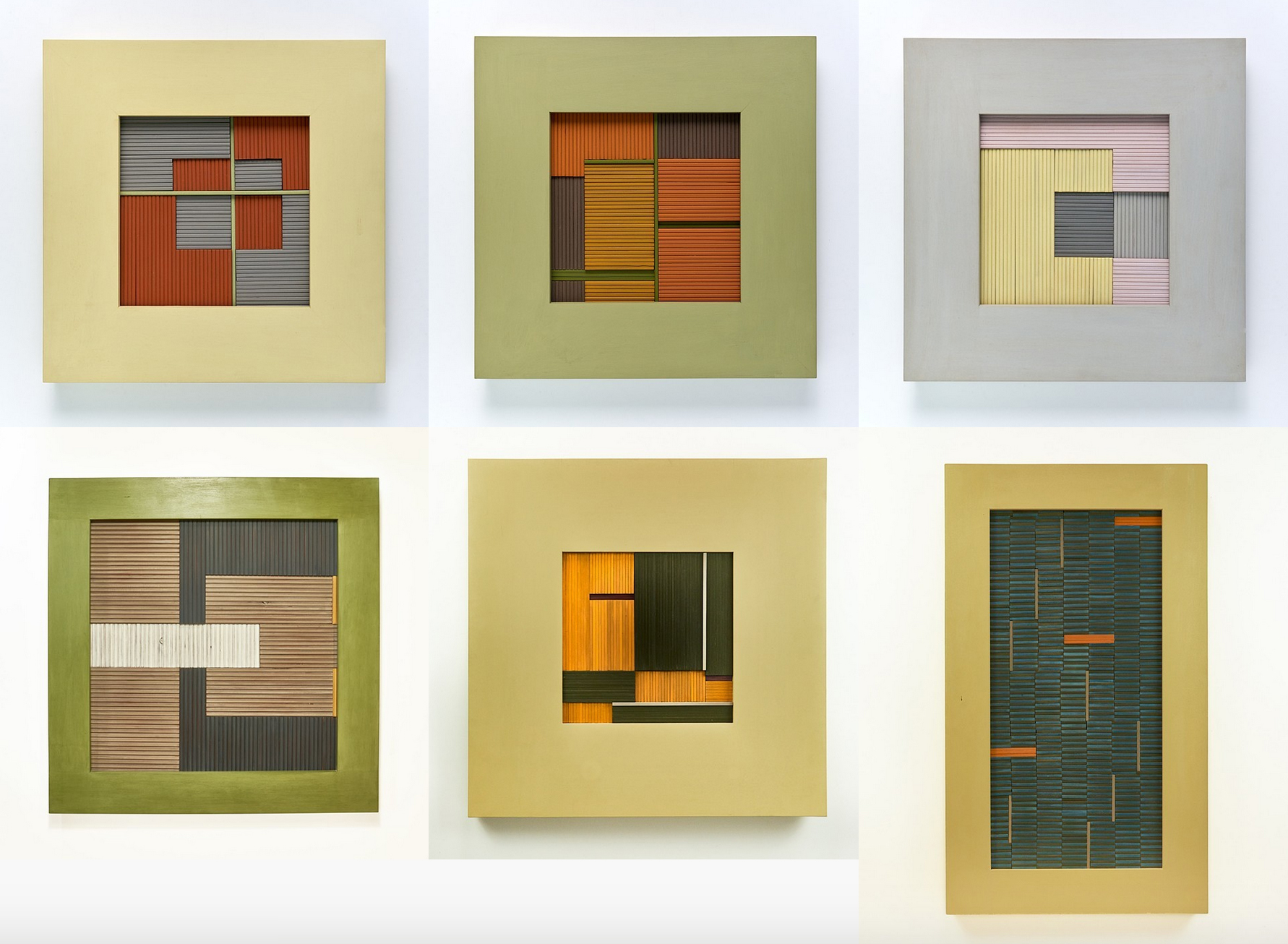


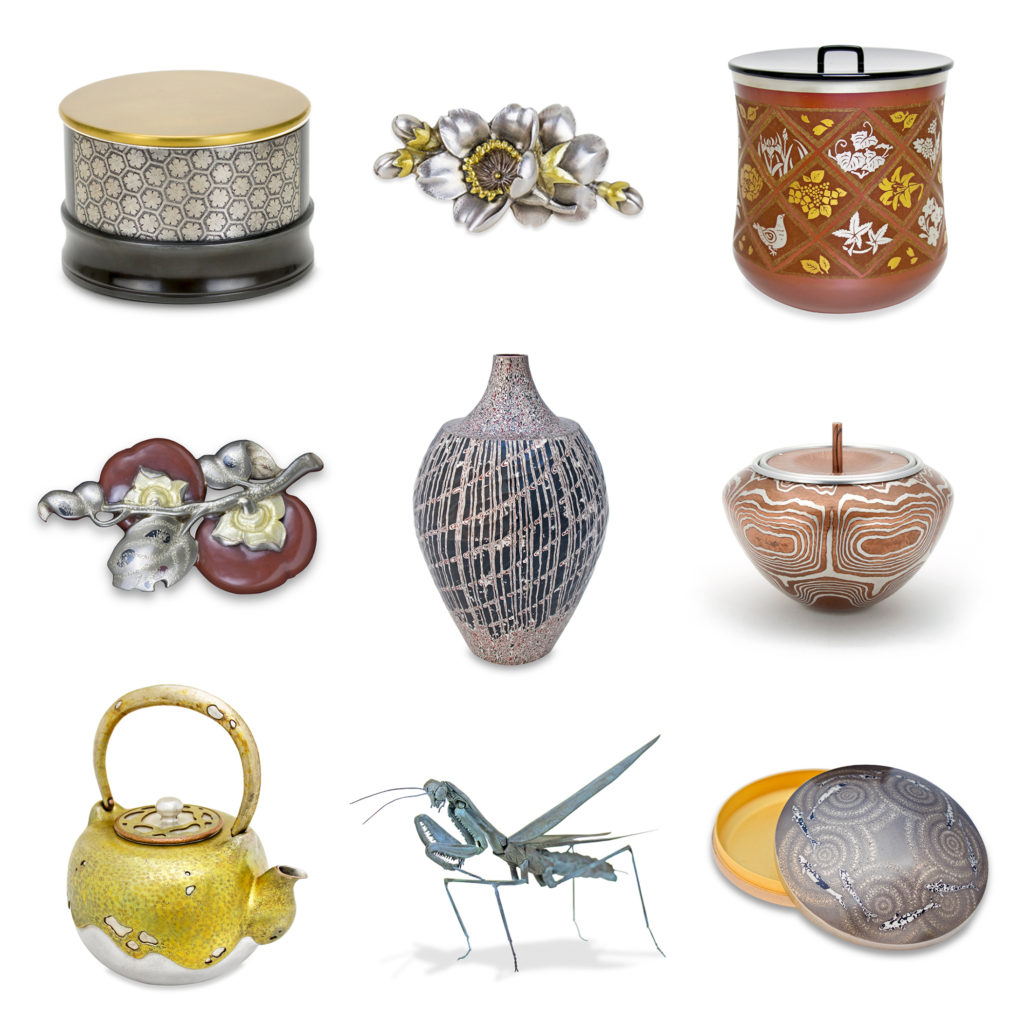
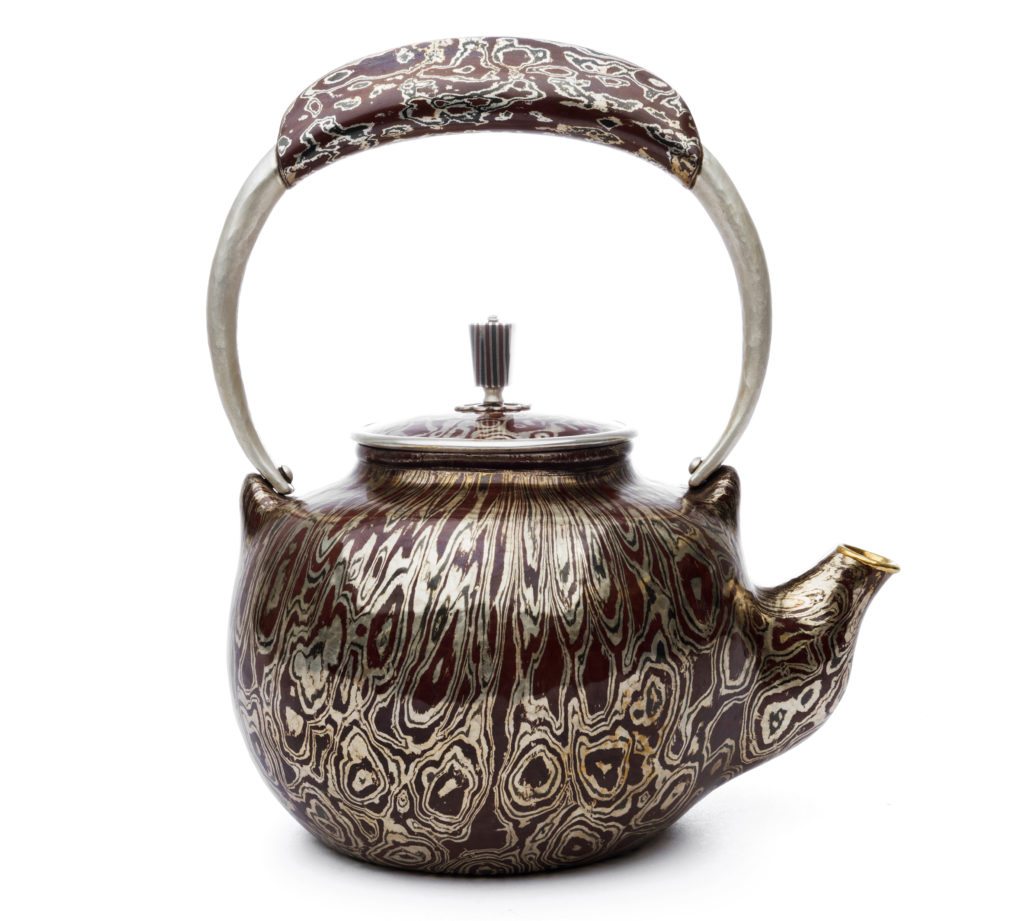
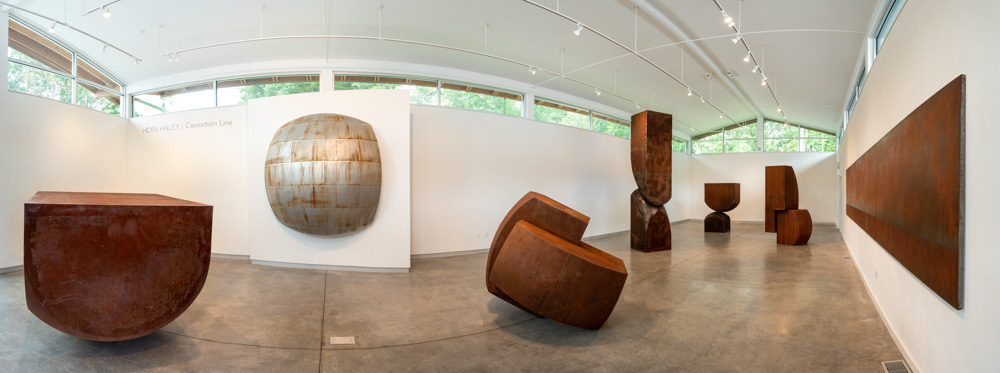
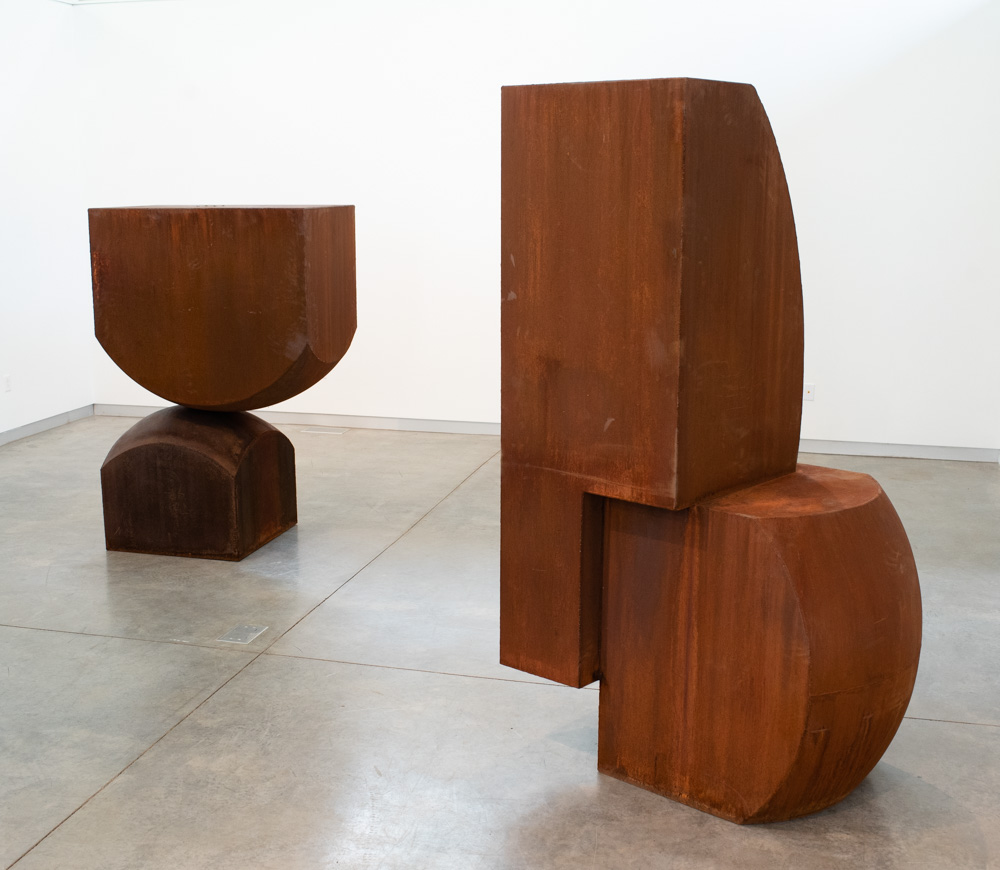 Haley’s farm roots also connect directly to his choice of material. Steel is ubiquitous on a farm, and farm steel is constantly rusting and being repaired. Early in life, Haley developed a facility for working with the material, and he has retained a lifelong love for the aesthetic of rust. This aesthetic and a remarkable level of skill are both evident in the pieces in this show, all of which Haley and his assistant fabricated in his Mitchell County studio.
Haley’s farm roots also connect directly to his choice of material. Steel is ubiquitous on a farm, and farm steel is constantly rusting and being repaired. Early in life, Haley developed a facility for working with the material, and he has retained a lifelong love for the aesthetic of rust. This aesthetic and a remarkable level of skill are both evident in the pieces in this show, all of which Haley and his assistant fabricated in his Mitchell County studio.